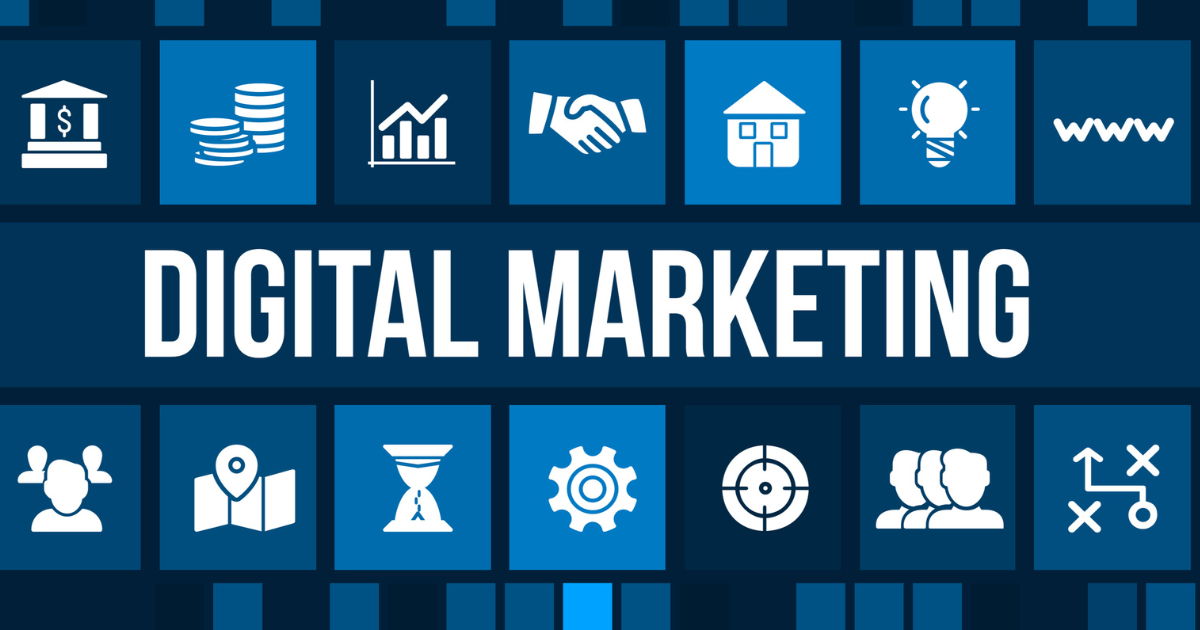For centuries, construction has followed a familiar rhythm: hammering, sawing, and the slow, steady rise of a building on a dusty site. But a revolution is brewing, fueled by efficiency and innovation. Modular construction, a method of building with prefabricated units assembled on-site, is rapidly transforming the industry.
This article delves into the world of modular construction, exploring its advantages, applications, and the exciting potential it holds for the future.
From Factory Floor to Building Site: The Essence of Modular Construction
At the heart of modular construction lies a simple concept: building components are manufactured off-site in a controlled factory environment. These components, called modules, can range from wall panels to entire rooms, complete with plumbing, electrical wiring, and finishes. Once manufactured, the modules are transported to the construction site and meticulously assembled, creating the final structure.
Building a Stronger Case: The Advantages of Going Modular
The benefits of modular construction are compelling, making it a strong contender in the race for a more efficient and sustainable building industry. Here are some key advantages:
- Speeding Up the Clock: Time is money, and modular construction saves both. By producing modules simultaneously with site preparation, projects are completed significantly faster – often 30-50% quicker than traditional methods. This translates to quicker returns on investment and faster occupancy for businesses and residents.
- Taming the Weather: Construction delays due to rain, snow, or extreme temperatures are a thing of the past with modular construction. Factory environments offer controlled conditions, ensuring consistent quality and uninterrupted production.
- Enhanced Quality Control: Factory settings provide stricter quality control measures compared to on-site construction. This reduces errors and rework, leading to a more durable and consistent final product.
- A Boon for Sustainability: Modular construction generates less construction waste on-site. Additionally, factories can implement stricter waste management practices and utilize sustainable materials more efficiently.
- Safer Work Environment: Factory production often translates to a safer work environment for construction workers. Controlled settings minimize exposure to hazardous materials and weather extremes.
- Predictable Costs: Modular construction offers greater cost predictability. Factory production allows for more accurate estimates and reduces the risk of cost overruns often associated with traditional construction.
Beyond Boxes: The Diverse Applications of Modular Construction
The beauty of modular construction lies in its versatility. While some might picture rows of identical classrooms, the applications extend far beyond. Here are some examples:
- Residential Buildings: From single-family homes to multi-unit apartment buildings, modular construction offers a faster and more controlled approach to housing development.
- Hotels: The repetitive nature of hotel rooms makes them ideal candidates for modular construction. This can lead to faster construction of new hotels and quicker refurbishments of existing ones.
- Educational Facilities: Schools, universities, and even daycare centers can benefit from the speed and efficiency of modular construction. This allows for quicker expansion and renovation of educational facilities to meet growing needs.
- Healthcare Facilities: Modular construction can be used to create temporary or permanent medical facilities, such as clinics or surgical suites. This is particularly beneficial in areas with limited healthcare infrastructure or during emergencies.
- Commercial Buildings: Office spaces, retail stores, and even restaurants can be constructed using modular units. This can be ideal for businesses requiring quick turnaround times or temporary structures.
Building a Brighter Future: The Potential of Modular Construction
As modular construction continues to evolve, its potential for shaping the future of the building industry is immense. Here’s a glimpse into what the future holds:
- Standardization and Mass Production: Increased standardization of modules and components will lead to mass production, driving down costs and increasing efficiency.
- Technological Advancements: Integration of technologies like Building Information Modeling (BIM) will further streamline the design and construction process for modular projects.
- Sustainable Materials and Practices: As sustainability becomes a top priority, modular construction will embrace eco-friendly materials and efficient practices, minimizing environmental impact.
- Modular Cities: The concept of prefabricated, stackable building units could revolutionize urban planning, allowing for quicker construction of sustainable and adaptable cities.
Modular construction is not without its challenges. Logistics of transporting large modules, zoning regulations that might not be adapted to modular construction, and the initial investment in factory setup are some hurdles that need to be addressed. However, with its evident advantages and ever-evolving technology, modular construction is poised to become a dominant force in the building industry. As we move towards a future that demands faster, more efficient, and sustainable construction methods, modular construction offers a compelling solution. It’s time to embrace the building blocks of the future, and revolutionize the way we build our world.

